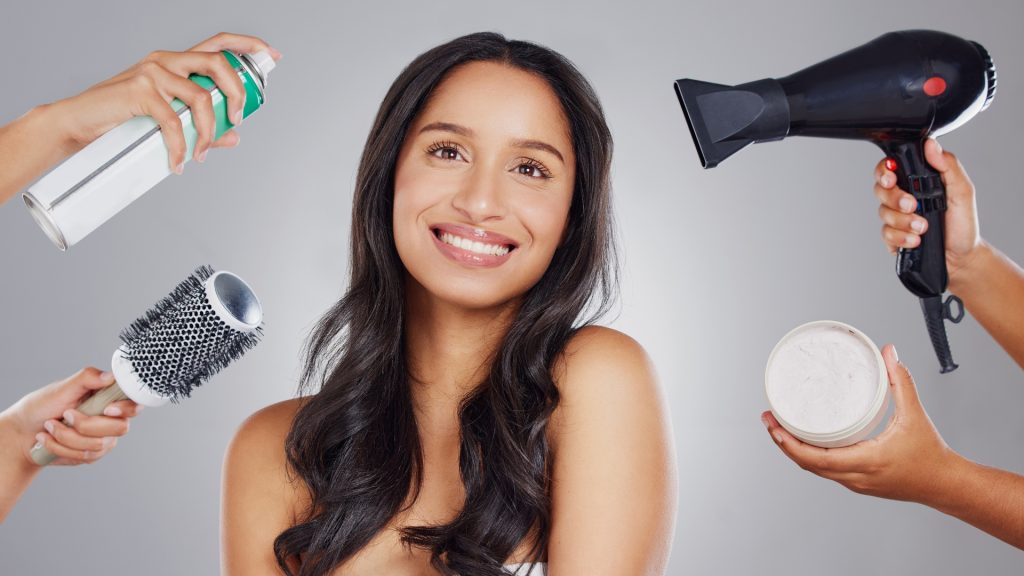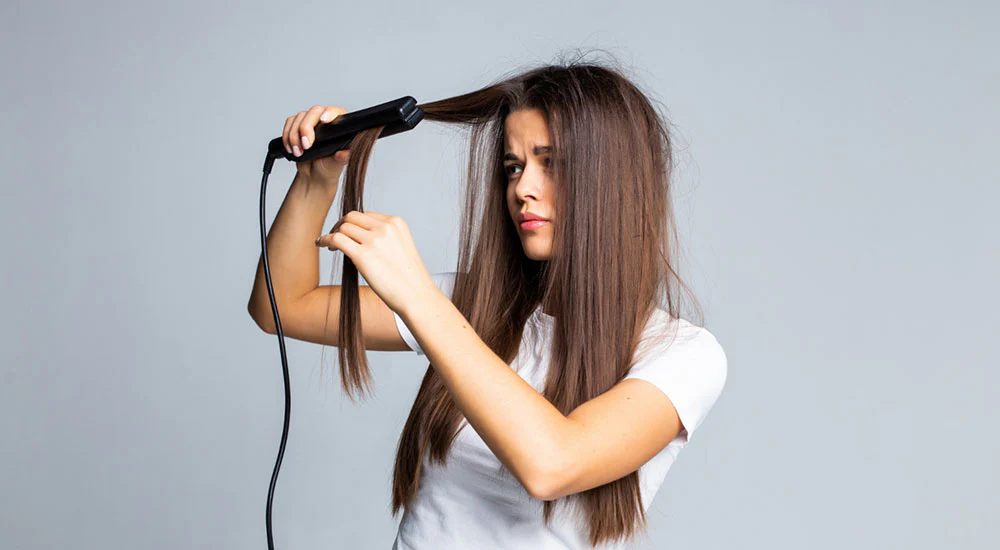Healthy, lustrous hair often seems like a dream, but achieving it isn’t just about using expensive shampoos or styling products. In fact, many of us unintentionally damage our hair through everyday habits and misconceptions. Understanding the most common hair care mistakes can help prevent breakage, dryness, and overall hair deterioration. Here’s a guide to help you avoid these pitfalls and maintain strong, beautiful hair.
1. Overwashing Your Hair

One of the most frequent mistakes people make is washing their hair too often. While it’s natural to want to keep hair clean, daily washing can strip away the natural oils that protect and nourish the hair shaft. This can lead to dryness, frizz, and even breakage. For most hair types, washing 2–3 times per week is sufficient. People with very oily hair or who sweat excessively may need to wash more often, but using a gentle, sulfate-free shampoo is essential to prevent damage.
2. Using the Wrong Hair Products
Choosing products that don’t suit your hair type is a common misstep. For instance, a volumizing shampoo might not provide enough moisture for dry hair, while heavy oils or conditioners can weigh down fine hair. It’s crucial to understand your hair’s needs—whether it’s dry, oily, curly, or color-treated—and pick products accordingly. Reading labels and consulting a hair care professional can help you avoid costly mistakes.
3. Overheating with Styling Tools
Excessive use of heat styling tools such as straighteners, curling irons, and blow dryers is a major cause of hair damage. Heat can weaken the hair’s protein structure, leading to split ends and brittleness. If you must use heat tools, always apply a heat protectant spray and avoid using the highest temperature settings. Additionally, try to limit heat styling to a few times a week rather than daily to give your hair a break.
4. Skipping Regular Trims

Many people think that trimming hair makes it grow slower, but in reality, trimming is essential for healthy hair growth. Regular trims remove split ends and prevent damage from traveling up the hair shaft, which can result in more breakage. A trim every 6–8 weeks can maintain hair health and make it appear thicker and more vibrant.
5. Brushing Wet Hair Aggressively
Wet hair is more fragile than dry hair because the cuticle is slightly raised and the strands are more elastic. Brushing or combing hair aggressively when wet can lead to breakage and split ends. Instead, gently detangle wet hair using a wide-tooth comb or a detangling brush, starting from the ends and working your way up to the roots. This minimizes damage while keeping hair manageable.
6. Neglecting Scalp Care
Healthy hair starts with a healthy scalp, yet many people overlook scalp care. A build-up of oil, dirt, or styling products can clog follicles and inhibit hair growth. Regular scalp massages with oils or gentle exfoliation can improve blood circulation, promote hair growth, and reduce dandruff. Using products designed to nourish the scalp is equally important as caring for the hair itself.
7. Using Too Many Chemical Treatments
Frequent chemical treatments such as coloring, bleaching, perming, or relaxing can weaken hair structure. While these treatments can achieve desired styles, overuse can cause severe damage. If you opt for chemical treatments, spacing them out and using deep conditioning treatments in between can help maintain hair health. Consulting a professional stylist for chemical processes can also minimize risk.
8. Ignoring Diet and Hydration

Hair health is not just about external care; it’s also about internal nutrition. Protein, vitamins, and minerals are crucial for strong, healthy hair. A deficiency in nutrients such as iron, biotin, vitamin D, and omega-3 fatty acids can lead to hair thinning and loss. Drinking plenty of water and maintaining a balanced diet supports hair growth and shine.
9. Tight Hairstyles That Stress Hair
Frequent use of tight hairstyles, such as ponytails, braids, or buns, can cause tension on the hair shaft, leading to breakage and traction alopecia over time. Opt for looser styles when possible and use soft hair ties that don’t snag the hair. Changing up hairstyles regularly can also prevent stress on the same areas of the scalp.
Conclusion
Avoiding these common hair care mistakes can significantly improve the health and appearance of your hair. Gentle care, proper product choices, heat moderation, and attention to scalp health and nutrition are key to maintaining beautiful, resilient hair. By understanding your hair’s unique needs and adopting mindful habits, you can prevent unnecessary damage and enjoy strong, shiny locks for years to come.

